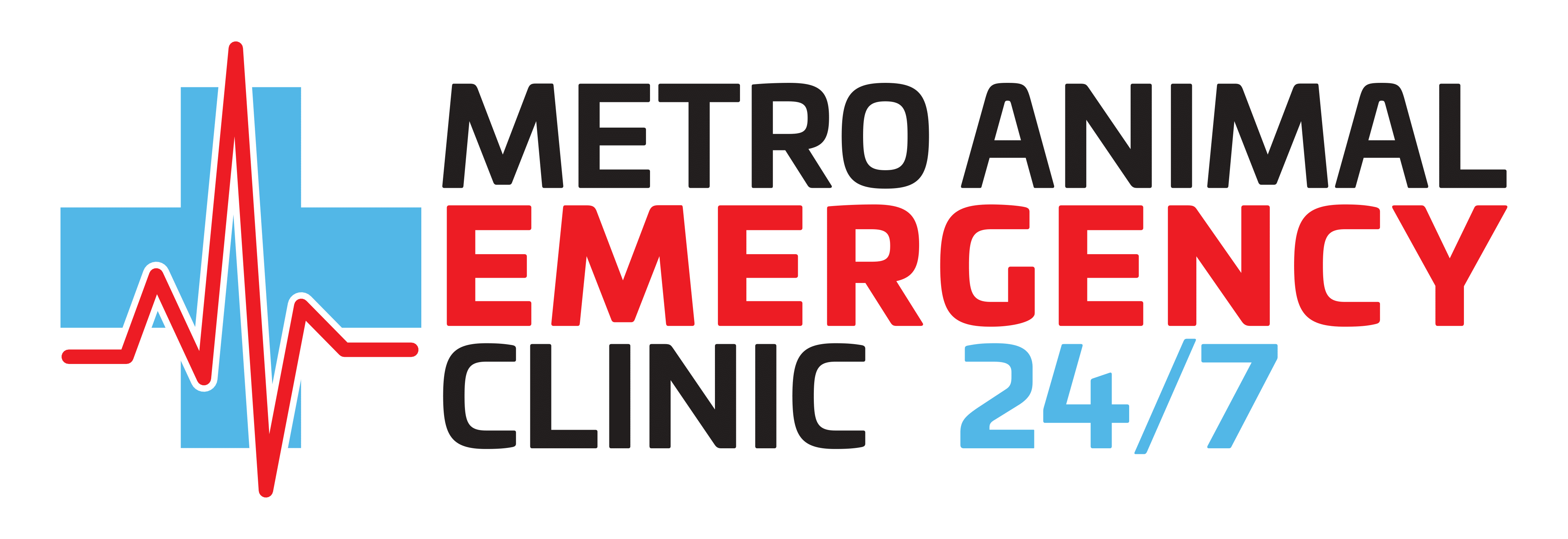First Aid
Pet First Aid Resources
Our first aid resources are written with our clients in mind. We look forward to helping you take the best care of your pet.
Vomiting and Diarrhea
Vomiting and diarrhea can occur separately or together as part of the same syndrome. There are many causes of these symptoms, some of which are obvious whereas others require testing to diagnose. Vomiting (only) Take away both food and water for 12-18 hours - If no...
Preparing for the Emergency
Preparing for Animal Emergencies: The First Aid Kit Hopefully, your pet will never have cause for emergency medical treatment but it is important for all pet owners to be prepared "just in case". Here are some ways you can be prepared for potential emergency...
Poisoning
If you have any reason to think your dog may have ingested anything that may be toxic, look for evidence such as an open container, pool of antifreeze, etc. Call your vet and be prepared to answer the following questions: What substance caused the poisoning, and how...
How To Move An Injured Dog
After identifying an injury or illness, the next step is to safely transport your dog to the nearest veterinarian. Improper technique when transporting a patient can result in further injury or complications. Handle your dog as little as possible Make him comfortable...
Hypothermia
Hypothermia is when the body temperature goes below 38 C (100.5 F) What to do: Move your dog to a warm environment. Wrap your dog in warm blankets (you can warm blankets in a clothes dryer) Put hot water bottles in the blankets to add a heat source. Immerse dog in...
Hyperthermia
Also known as Heat Stroke or Heat Prostration. Any time the body temperature goes above 41 C (106 F) a true emergency exists. What to do: Remove your dog from the area where the hyperthermia occurred. Move the dog to the shade, and direct a fan towards him. If...
Eye Injuries
If you see your dog squinting to protect his eye, if there is any suspected trauma to the eye, if the eye looks abnormal in any way, or if the eyelid cannot cover the eyeball, these are all potential emergencies, and you should seek veterinary attention immediately....
Electrocution
In order to avoid any injury to yourself, do not touch your dog until the electrical source has been turned off or moved. Unplug electrical cord or shut off electricity. If this is not possible, use a wooden broom or another non-conductive object to move the dog away...
Dehydration
Dehydration often accompanies vomiting, diarrhea, hyperthermia, fever, no access to water, and other conditions. To determine if your dog is dehydrated: Check the tongue and gums - they should be moist Saliva should be watery, if thick and ropy, your dog may be...
Choking
Choking is anything that causes breathing difficulties due to foreign material in the trachea, or compression on the windpipe. If dog is unconscious: Open dog's mouth and do a finger sweep - place your finger along the inside of the mouth and slide it down toward the...
Chemical Injuries
This refers to any damage to tissues by contact with harmful chemicals such as lye, acids, or strong cleaning supplies. What to do: Wash the affected area with copious amounts of flowing water for a minimum of 15 minutes If the chemicals were dry, then brush them away...
Burns
Any injury of tissue caused by heat, flame, chemicals, or electricity. What to do: Extinguish all flames For thermal or electrical burns, immediately place cold water compresses to the injured area, changing frequently to keep cool and wet - do this for a minimum of...
Need a visit? We are here 24/7 for your pet.
If you need anything at all, please call us at 902-468-0674, and we'll be there to provide real-time answers to your questions.












